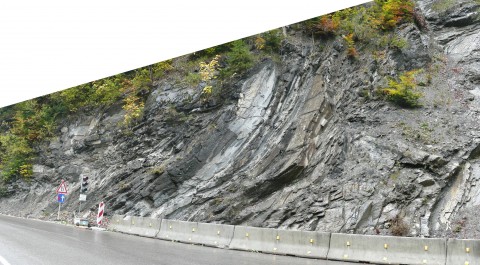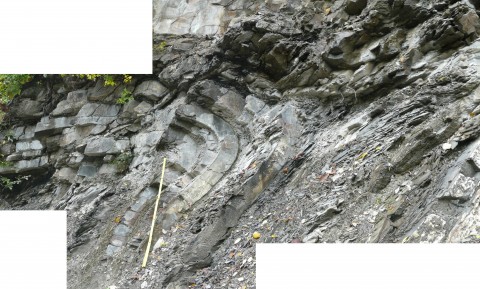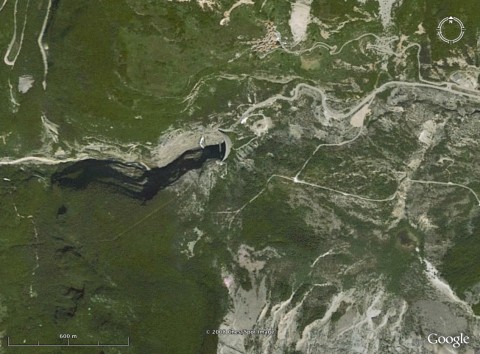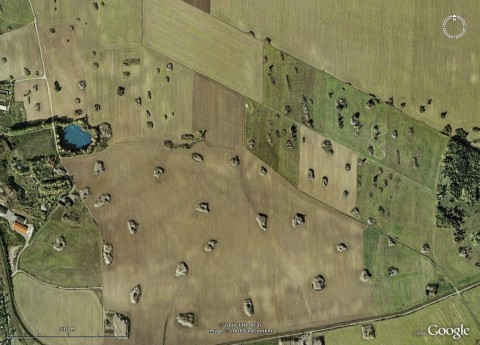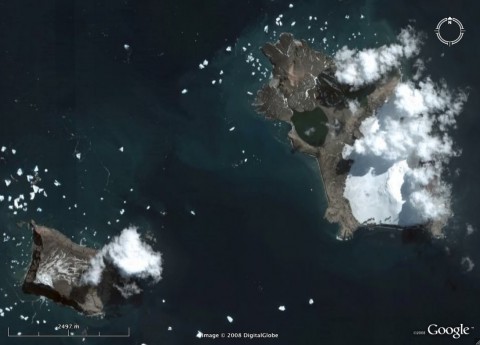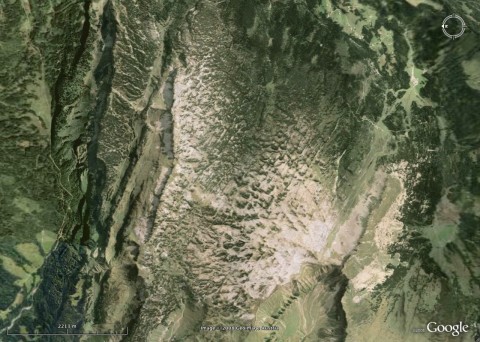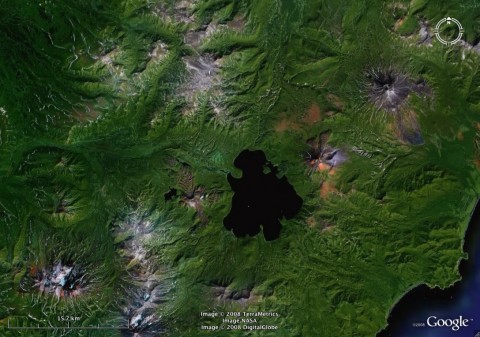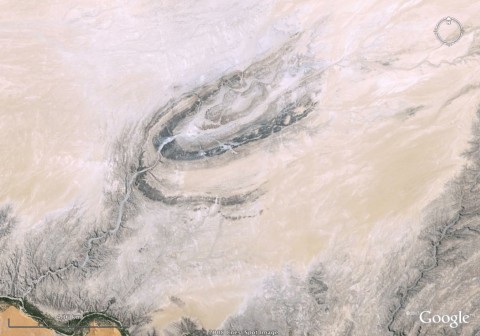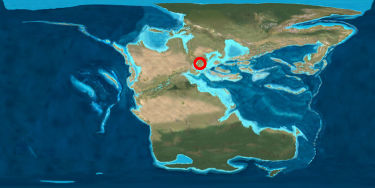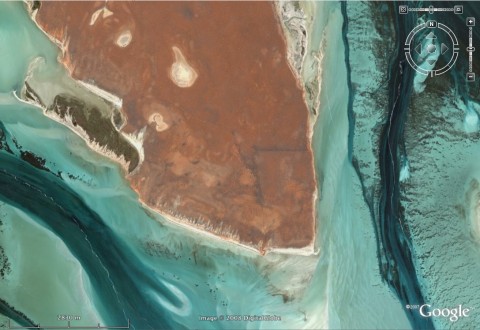Again, I'm a bit late to the party: there's a meme going around about which countries of the world (and states of the USA) one has seen. So far, NOLÖGIC, Looking for Detachment, Ethical Palaeontologist, Clastic Detritus, Highly Allochthonous, ReBecca's Blog, Hypo-theses, GeoChristian, Mountain Cat Geology and Lost Geologist have posted their maps in English, and GeoBerg and Amphibol in German.
ETA (2009-01-14): TwoThree more: Through the Sandglass, NOVA Geoblog and In Terra Veritas.
Counting everywhere I've been so far, I got 21 countries (9.33% of all countries of the world). This surprised me a bit; I didn't think it would be that much. However, I never managed to cross the equator.
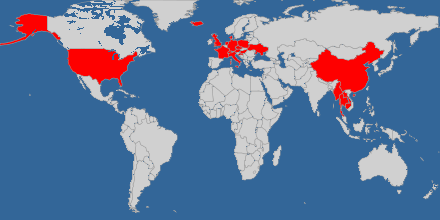
All countries I've visited: 21 (9.33%) .
Chris of Highly Allochtonous points out that “the more interesting question is how many of the countries above I can say that I've visited geologically, in that I've actually seen and thought about the rocks”. For me, then, the picture looks a quite bleak, even if I am considering not only geology proper, but other geoscientific fields:
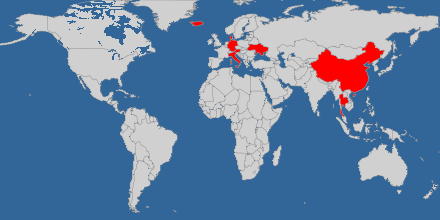
Countries where I have spent at least some time with a geoscientific perspective: 8 (3.55%).
I won't present the US map – it's abysmal (3 states, if I recall correctly).
You can make your own maps on Douwe Osinga's site.
